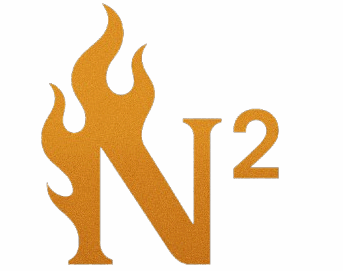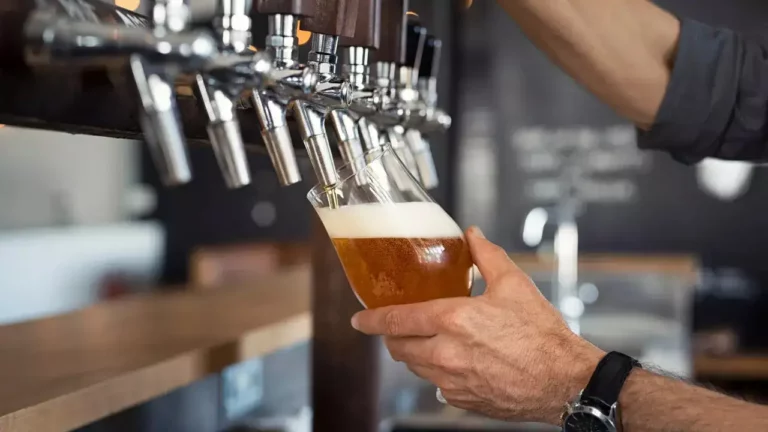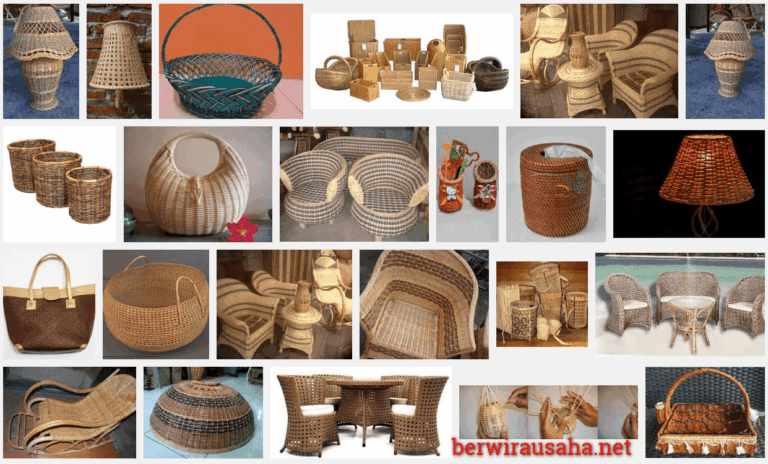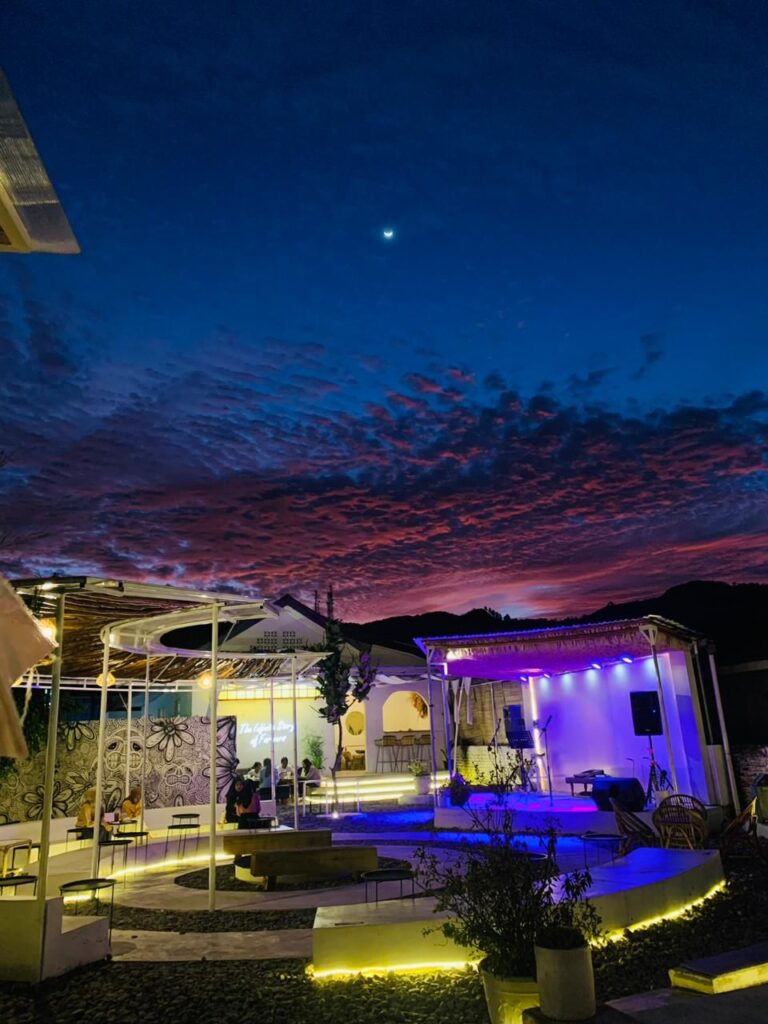Original Coffee: Pure Black Brew, Bold Flavor & Health Benefits
Coffee is one of the most popular beverages in the world, a morning ritual, an afternoon companion, or a satisfying conclusion to a meal. Amidst the luxurious world of modern coffee enhanced with syrups, oat milk, and latte art, there is a simpler, purer form: original coffee. Simple in preparation, dosage, and tasty yet rich in authenticity and complexity.
Original coffee refers to black coffee without any additives, es sugar, milk, or artificial flavors. It expresses the true character of coffee beans through roasting, grinding, and brewing techniques. For serious coffee lovers, this is the purest form that allows full appreciation of all taste elements: acidity, sweetness, bitterness, body, aroma, and aftertaste without interference.
This article explores what original coffee truly is: its history, bean varieties, roasting techniques, classic and modern brewing methods, health benefits, tips on selecting beans and tools, and how to enjoy it like a professional barista. Whether you’re a home coffee enthusiast, café brewer, or casual drinker, this guide will help you appreciate the extraordinary simplicity of black coffee.
Definition & Philosophy of Original Coffee

What is Original Coffee?
Simply put, original coffee (black brewed coffee) is just coffee beans brewed with hot water—nothing else. It honors the natural process of coffee from farm to cup. Bean selection, roast level, water temperature, and brewing method all shape the final flavor.
The Philosophy of Purity
“Original” doesn’t just mean sugar-free or dairy-free—it’s a tribute to coffee as a complex natural ingredient. The “farm-to-cup” philosophy becomes real here: coffee is cultivated, harvested, processed, roasted, brewed, and enjoyed with full appreciation of its origin and character.
Brief History of Original Coffee
The history of original coffee dates back to Ethiopia and Yemen, where coffee was first consumed in its purest form. Initially, it was a bitter drink used by Sufi monks in 15th-century Yemen to stay alert during night prayers. Brewing methods were basic: coarse-ground beans were boiled with water and consumed black.
When coffee reached Europe in the 17th century, brewing methods became more refined. In the 20th century, methods like French Press, Drip Filter, and Espresso emerged, but the essence of black coffee remained. Today, many specialty cafés and third-wave coffee movements emphasize black coffee as a celebration of single-origin, high-quality beans.
Types of Coffee Beans & Their Characteristics
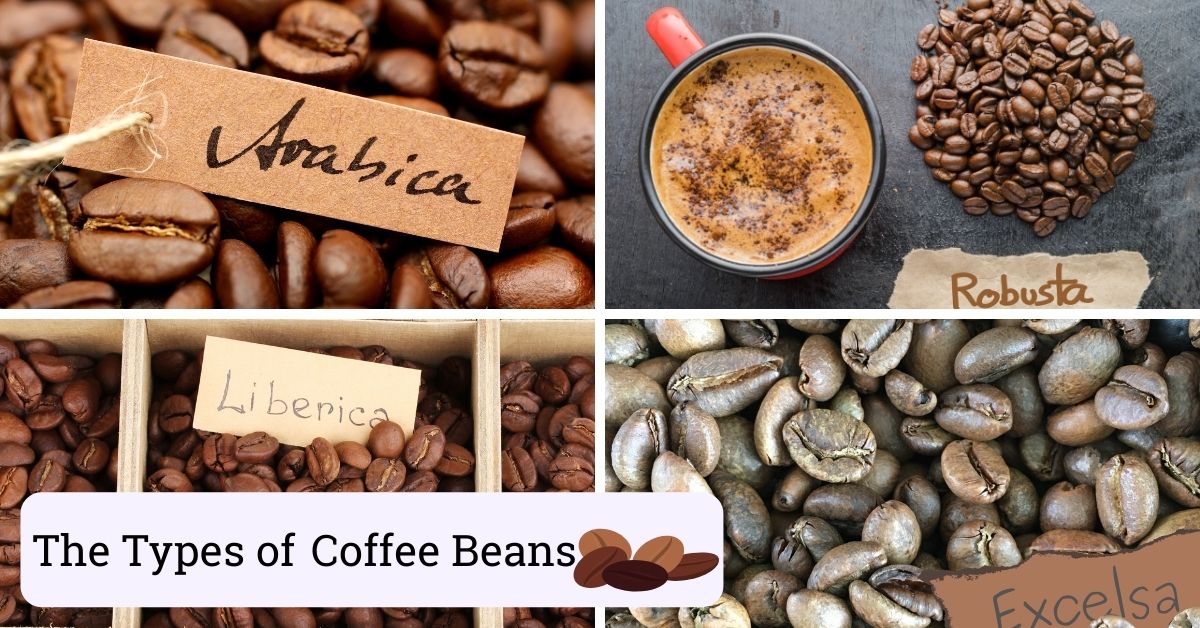
Arabica (Coffea arabica)
-
Origin: Ethiopia, Yemen, and mountainous regions in the tropics.
-
Flavor: Smooth, balanced acidity, fruity or floral notes like berries, citrus, or milk chocolate.
-
Caffeine: Lower (~0.8–1.4%).
-
Best for: Those who enjoy mild and complex flavors.
Robusta (Coffea canephora)
-
Origin: Sub-Saharan Africa, now widely grown in Southeast Asia (Vietnam, Philippines).
-
Flavor: Strong, bitter, earthy, or woody notes, dark chocolate-like.
-
Caffeine: High (~1.7–4%).
-
Best for: Lovers of strong, bold coffee with an intense caffeine kick.
Single Origin vs. Blends
-
Single Origin: Beans from one region or estate offer a focused, unique flavor profile.
-
Blends: Mix of beans from multiple regions crafted for balanced body and consistency.
Roasting Techniques
Roasting Stages:
-
Green bean – raw coffee bean.
-
Yellowing – beans turn pale yellow, and steam is released.
-
First crack – beans expand, acidity and sweetness develop; ideal for light-medium roast.
-
Second crack – deeper roast, oil surfaces, body intensifies; typical of dark roasts.
Roast Levels:
-
Light Roast: Bright acidity, strong floral/fruity aroma. Best for pour-over methods.
-
Medium Roast: Balanced acidity and body. Great for various brew types.
-
Dark Roast: Strong bitterness, smoky notes, reduced floral. Best for espresso and moka pot.
Brewing Methods for Original Coffee
French Press
-
Coarse grind.
-
Ratio ~1:15 (coffee: water).
-
Steep for 4 minutes, press slowly.
-
Result: Full body, rich texture, slight sediment.
Pour‑Over (V60 / Kalita Wave / Chemex)
-
Medium grind.
-
Water temperature: 92–96 °C.
-
Bloom for 30 seconds, pouring in an aspirational motion.
-
Result: Clean cup, dominant acidity and aroma.
Moka Pot
-
Fine-medium grind.
-
Medium heat, brew with pressure.
-
Result: Strong, espresso-like brew—heavy body.
AeroPress
-
Various methods (standard or inverted).
-
Can use a metal or paper filter.
-
Result: Clean, medium body; flexible flavor outcomes.
Espresso
-
Fine grind, 9 bars of pressure, ~30 ml in 25–30 sec.
-
Result: Rich crema, full body, intense flavor—ideal for black shot or base blends.
Equipment & Essentials
| Tool | Recommended Beans |
|---|---|
| Burr Grinder | Freshly roasted beans (1–2 weeks old) |
| Digital Scale | For brew ratio accuracy |
| Thermometer | Water temp: 92–96 °C |
| Brewing Devices | French Press, V60, AeroPress, etc. |
| Preheated Cup | Maintains consistent temperature |
Workspace Tips:
-
Ventilation for grinding (fine dust).
-
Preheat the tools and cup.
-
Use brew ratio markers (1:14–1:16 is ideal for black coffee).
Health Benefits of Original Coffee
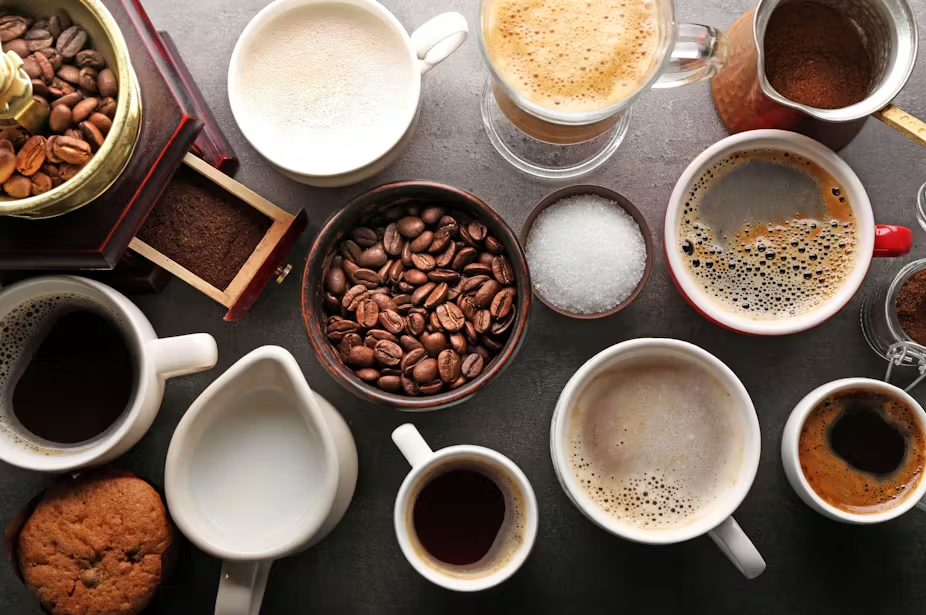
-
Rich in Antioxidants
Coffee contains chlorogenic and phenolic acids that combat oxidative stress. -
Boosts Energy & Focus
Caffeine enhances alertness, mood, and cognitive performance, especially when consumed black. -
Supports Metabolism
Stimulates thermogenesis, aiding calorie burn; ideal for intermittent fasting due to zero calories. -
Liver Protection
Studies link black coffee to reduced risk of liver conditions like fibrosis and cirrhosis. -
Mood & Heart Health
Moderate intake (3–4 cups/day) is associated with reduced stroke and heart disease risk, though caution is advised for hypertensive individuals.
Enjoying Original Coffee & Maximizing Flavor
-
Savor it slowly as it cools, flavors evolve from acidic to sweet and bitter.
-
Try “cupping” style: inhale aroma during bloom, take small sips to analyze flavor notes.
-
Keep a flavor journal: record taste, aroma, temperature, roast level, and brew method.
-
Experiment with extraction:
-
Longer brew = heavier body, more bitterness.
-
Finer grind = faster extraction, more bitterness.
-
Lower water temp = softer flavor profile.
-
Case Study: Ethiopian Single Origin vs. Robusta Blend
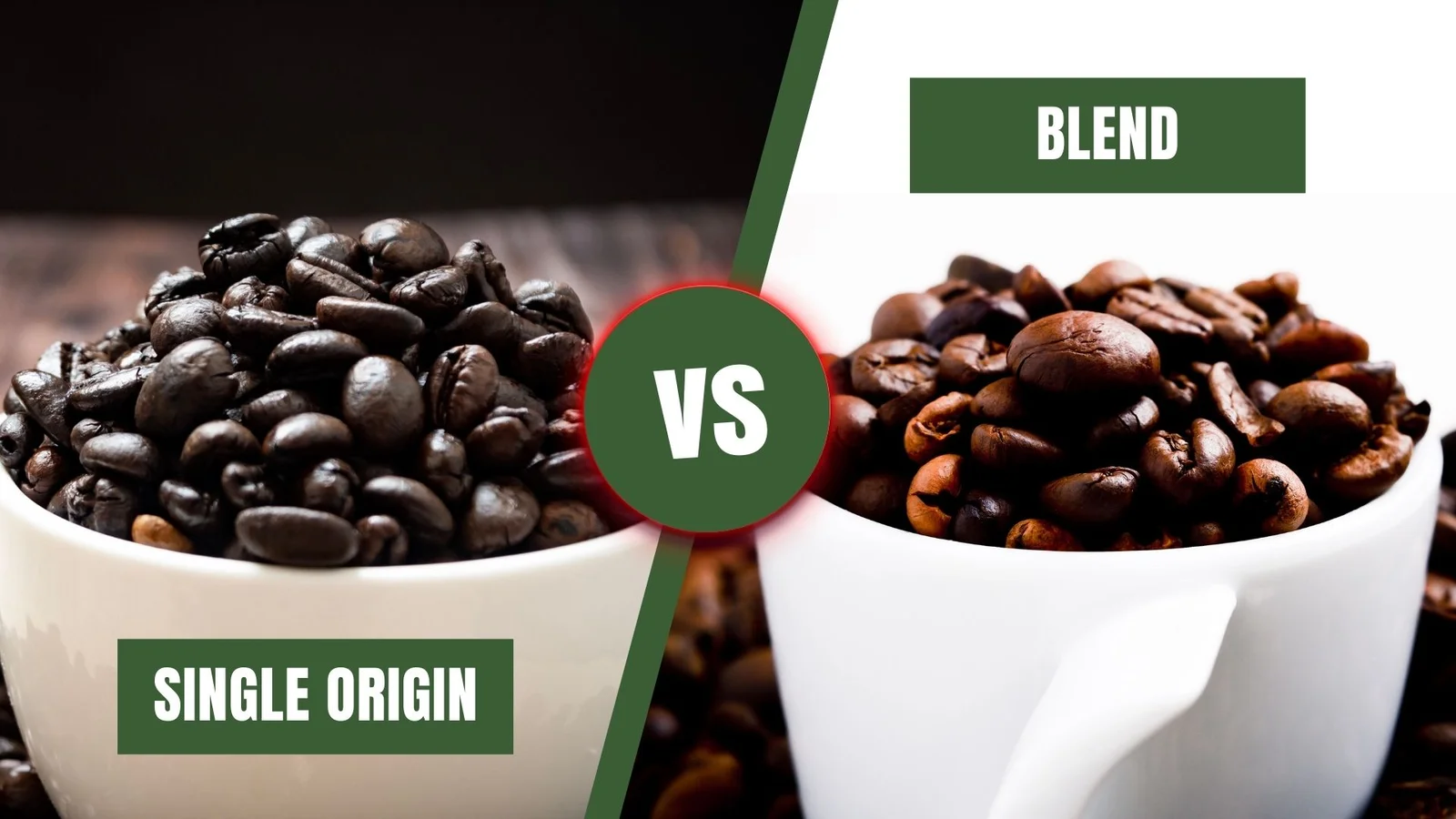
Ethiopian Sidamo Single-Origin (Light Roast, Pour-Over)
-
Aroma: berries, floral, citrusy.
-
Body: medium-light.
-
Flavor: bright acidity, honey-like aftertaste.
-
Ideal for: exploring single-origin complexity.
Indonesian Robusta Blend (Dark Roast, French Press)
-
Aroma: dark chocolate, woody.
-
Body: heavy, thick.
-
Flavor: smoky, strong bitterness.
-
Ideal for: those who want a bold, energizing kick.
Conclusion & Exploration Call
Original coffee, plain black without additives, offers a layered sensory experience rooted in the bean’s authenticity. From bean selection, roast profile, grinding, brewing, to tasting, every detail shapes a personal experience and a journey of appreciation.
To start your black coffee journey, choose high-quality single-origin beans, use simple brewing tools (like V60 or French Press), and document your flavor exploration. Tweak variables to discover your own ideal cup.
Summary
-
Original = natural black coffee without any mix-ins.
-
Arabica vs Robusta: balance vs boldness.
-
Roast level affects acidity, aroma, and body.
-
Brewing methods like French Press, V60, AeroPress, or Espresso yield varied profiles.
-
Health benefits: antioxidants, focus, metabolism, liver protection.
-
Flavor mastery: taste slowly, keep notes, and experiment with grind, temp, and time.
